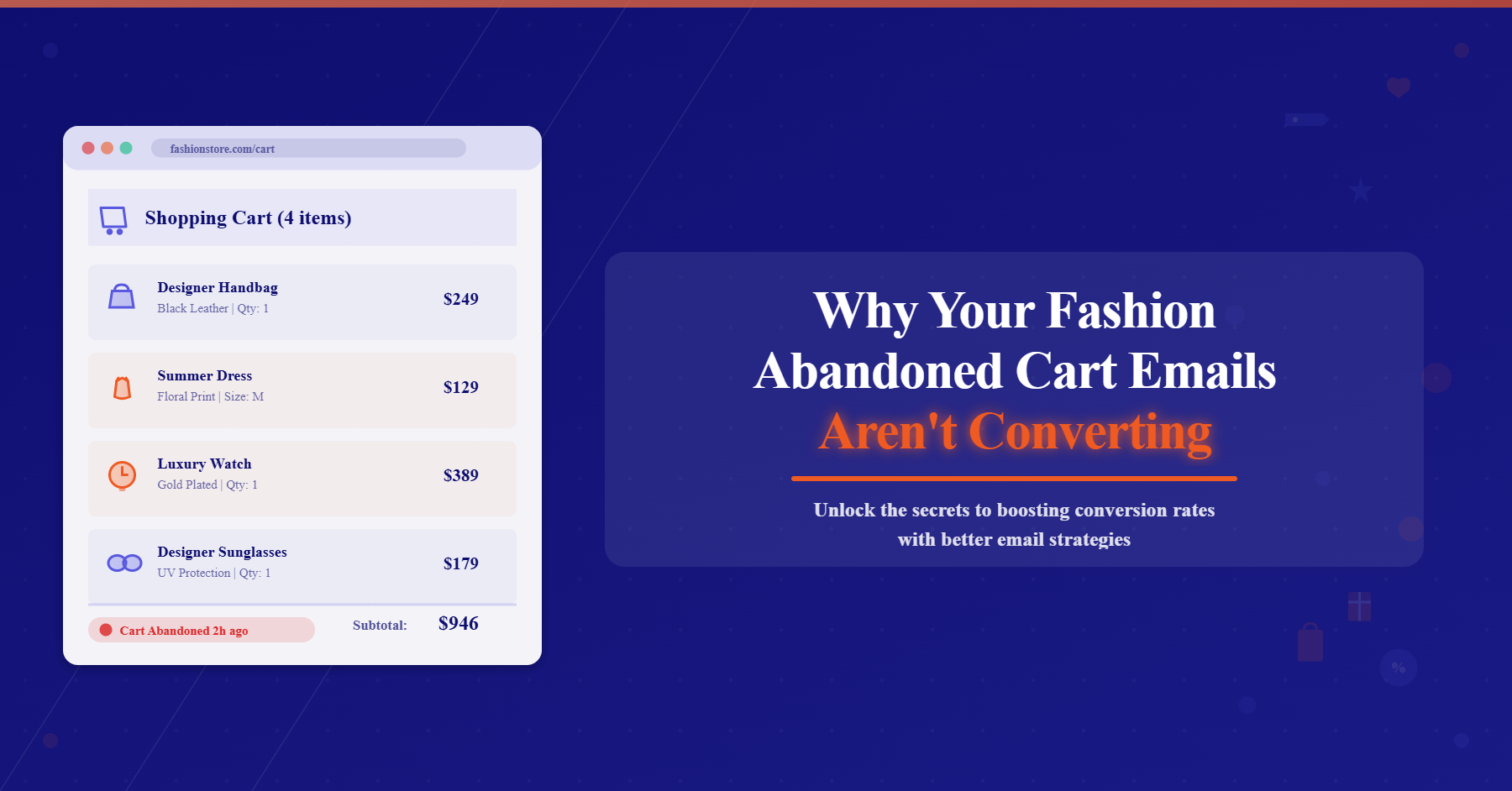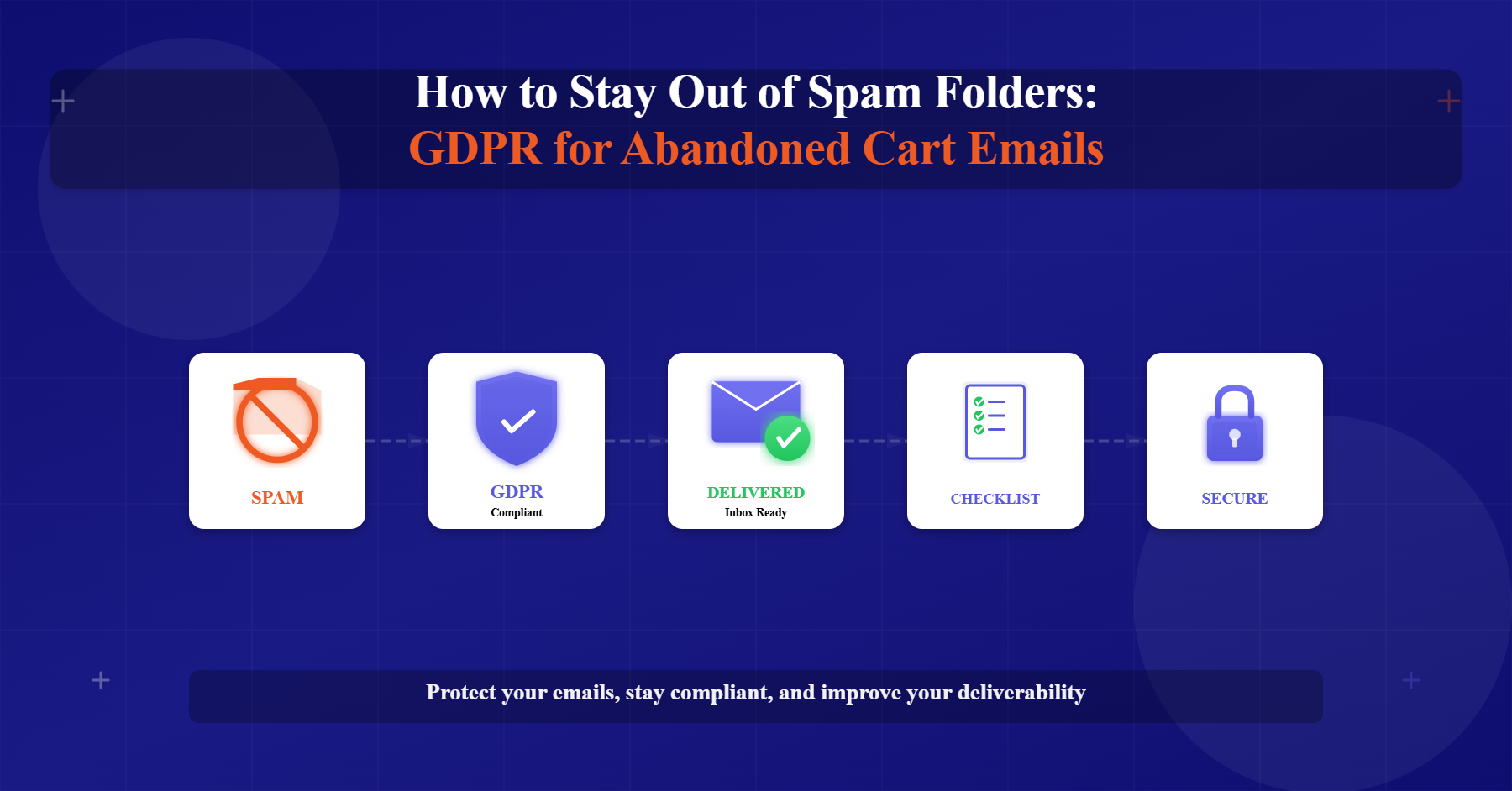“You never get a second chance to make a first impression.”
It’s the same for your brand. You’ve worked hard to acquire your subscriber’s email address, and now it’s up to you to exceed their expectations with the first email. And they set the tone for your future interactions.
You must work diligently on your welcome email templates to ensure more purchases and make a favorable impression on new customers.
What is a Welcome Email?
A welcome email is the first email you send to new subscribers, customers, or users. It’s your chance to tell them more about yourself, your company, and what they can expect.
Welcome emails have four times open rate and five times click-through rate than standard emails.
The welcome email should be cordial, engaging, and insightful, and it should “wow” your audience by thanking them for joining/ subscribing!
Send a welcome email to your audience as soon as they sign up. So that they know who you are and what they can expect from your business and so that you can build credibility with them.
Why are Welcome Emails Important?
Welcome emails can generate up to 320% more revenue than other promotional emails. Creating the ideal welcome email and timing it correctly can change your relationship with customers for the better. Here are some of the benefits of welcome emails:
1.Strengthens the Engagement
The first impression is essential in all types of relationships, and email communication is no exception. You can create an excellent welcome email that tells your brand’s story by giving a quick glimpse of the products/ services you offer. You can also include a guide on how to get started.
It is crucial to put insightful thoughts in your welcome email. Engagement is an essential tool in retaining customers.
2.Saves Time
Welcome emails are automated emails. They save you from manually connecting with new leads, ensure a time-saving process for even the smallest business. Importantly, having a welcome email in your email marketing strategy saves your time nurturing leads.
You can educate customers on your products and services from the first email; you can entice them to continue their buyer’s journey by offering discounts, free trials, and how-to guides and retain their interest in the brand.
It saves your time from manually connecting with leads and identifying where they are in the customer journey.
3.Makes Segmentation Easier
A welcome email can help you segment your customers and maintain accurate information from the beginning.
When you send your welcome email, you give your customers the option of managing their preferences and deciding what types of emails they want to receive in the future.
With these, you will have the customers’ complete attention and will be able to plan your upcoming emails accordingly.
4.Increases customer loyalty
You can easily delight your customer with well-thought-out welcome emails and carefully crafted content.
Ensure your welcome emails foster a sense of community in the prospect, making them feel as if they are a part of something bigger.
You must convince them so that they can trust you by being open and honest. A friendly and timely greeting from your brand is the first step in sealing your relationship with them.
5.Decrease spam complaints
You introduce your brand to the prospect by sending a welcome email. The next time you send the email to the same recipient, they will respond positively.
You are no longer a stranger to them, and thus your account will not be flagged as spam. This small victory can make a big difference because it will assess your future emails to that recipient.
Best Practices to Create Attractive Welcome Emails
Now that we’ve seen the importance of welcome emails let’s look at the best practices for creating one!
1. Thank your new subscriber
Humans are constantly bombarded with invitations to sign up and subscribe to various types of emails. So, as a brand, it’s a big deal when someone takes the time to shift through all the noise and sign up for your email newsletters on purpose.
To express appreciation to those who take the time to subscribe, A simple thank you in your welcome emails gives your automated email a human touch.
It can be as simple as a line of text or creatives or images/GIFs.
Take a look at this welcome email from Sidecar.

Sidecar does an excellent job of thanking new subscribers and teasing them with fun things they will receive in exchange for their support.
2. Optimize the subject line
Before your welcome email influences a subscriber’s buying decision, you must first get them to open it. That is where a catchy subject line comes into play.
A good subject line is relatively short (no more than 10-15 words), clear, and convincing. To avoid confusion, marketers prefer to use the word “welcome” in the subject line.
Avoid using words like ‘free,’ ‘help,’ ‘X% off,’ ‘perfect,’ ‘deal,’ ‘wonderful,’ report,’ ‘webinar,’ and other similar terms, as they can reduce your open rates due to their spammy nature.
As we’re talking about first impressions, make sure your email address is personalized. Nobody wants to get an email from noreply@business.com. Send from a person’s name or your company’s name, whichever is more captivating.
Take a look at this optimized welcome email subject line. It’s clear and concise.

3. Tell them who you are
A welcome email is an ideal base for introducing people to the traits that define your brand.
The welcome email introduces you to a new world. Use this to tell them about your brand, what makes your products stand out from the crowd, and show your brand’s identity. You could probably tell them about how you started the company or share your vision with them. Make it personal to connect with your subscriber.
You can also encourage a two-way conversation by asking subscribers to share some exciting information with you.
Take a look at this welcome email from Julep.

Julep makes it simple, straightforward and written with a personal touch that gives the impression that someone is personally introducing themselves.
4. Set the right expectation
Sharing information about the type of content and the frequency with which your subscribers will receive it can go a long way toward ensuring that your emails make it to the inbox.
You are as transparent as possible aids in sealing trust with your new audience.
Here are a few things you can include in your welcome email:
- What kinds of emails can they expect from you in the future?
- How frequently will they hear from you?
- When will they listen to you?
- Will you provide subscribers with special discounts?
Take a look at this welcome email template. It clearly defines what subscribers can expect from future emails.
5. Deliver the incentive
If you promised an incentive upon signup, be it a guide, a discount code, or an exclusive offer, now is the time to deliver. These incentives are known as lead magnets, and they are an excellent way to increase your subscriber rate.
Deliver on your promises to avoid losing credibility.
Take a look at this example for the WooCommerce welcome email template. This email template entices the user with the “Get Coupon” CTA.
6. Clear Call to Action
Every email has a purpose. Although welcome emails are simply a friendly introduction, they can also make offers or establish a reputation with subscribers.
While it may be tempting to condense as much information as possible into your email, you have to make it simple for people to take action. That’s precisely what Call To Actions is for.
Remember that not every CTA has to be a sales pitch. Simple CTAs like “join now,” “get inspired,” “read our blog,” “download app,” “explore,” “get started,” or “sign-in” are used to direct subscribers to the other parts of the website that are most relevant to their interests.
Whatever CTAs you choose, make sure they take subscribers to optimized landing pages that are easy to read and navigate to other pages. They are more likely to purchase if they stay on your website for more time.
Here’s an example of a lead magnet. To keep subscribers interested, you could provide a discount, ebook, checklist, or even a guide.

7. Links to your social channels
Another great way to boost engagement is to link to your social channels and invite people to connect with you on other platforms.
If they like your brand and content, they might start following your social media updates as well!
Give customers a way to contact you in every email, so they don’t feel like they’re talking with a bot. Giving contact information and social media links is a great way to strengthen your relationship.
Take a look at the welcome email template. This welcome email template encourages users to connect with them on Instagram.
The Best Welcome Email Templates
Welcome emails don’t have a one-size-fits-all template that brands can use. There are various templates from which you can choose depending on the goal you aspire to achieve. Here are a few templates to get you started, from which you can learn a thing or two!
The Thank you Welcome Email
If you simply want to thank customers for subscribing to your content, do so in your welcome email. Here is an example of a Thank you welcome email that shows gratitude and explains what subscribers can expect. It has a single CTA that takes the recipient to explore and explains what they can expect from.
The Offer Welcome Email
An offer welcome email is one in which you entice subscribers with a discount that is only available to them as a thank you for their subscription and is usually only valid on their first purchase. These offers may have a validity period to ensure that subscribers take advantage of the offer as soon as possible. Take a look at this welcome email template, which offers its subscribers 20% off.
The Get Started Welcome Email
The get started email is the most common of all welcome email templates. This email template explains what the product or service is and how to use it to subscribers. It provides subscribers with a clear step-by-step guide on what to do next, as well as actionable tips.
Time to Create your Own
I’m sure you’re inspired to create your welcome email after seeing these examples! It’s super easy with BayEngage if you haven’t tried it before. Our drag-and-drop editors and automation workflows make it simple to incorporate these best email marketing practices into your campaigns.
Wrapping Up
One of the most important emails you’ll send to subscribers is a welcome email. It is essential to have a clear goal and strategy in mind when creating your welcome email. Also, some common mistakes to avoid:
- Sending out multiple welcome emails.
- Sending ridiculously long emails.
- The sender of the email is not apparent.
- Including multiple CTAs.
- Design flaw.
- Failing to include social media links.
Keep in mind the essential elements and inspiration we discussed to increase email engagement and build a long-term relationship with your customers.












